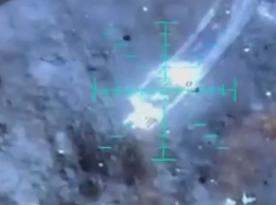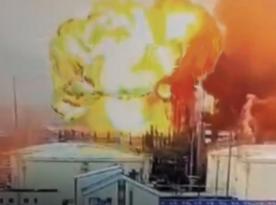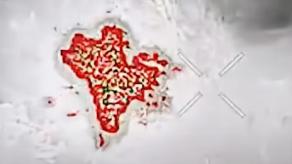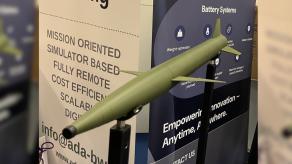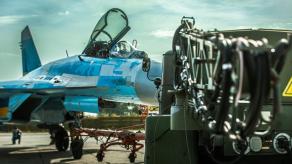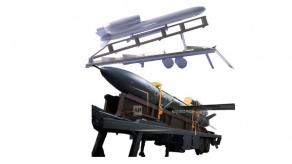The downing of two russian Su-30 fighter jets on May 3 by Ukrainian Magura V7 naval drones armed with American AIM-9M missiles has already become a landmark moment in modern warfare. To such an extent that new interesting aspects constantly come to light despite very limited details known so far.
Analysts at The War Zone highlighted two interesting facets of this event: the potential problem that can emerge when firing an AIM-9M Sidewinder from a Magura V7, and an estimate of the drone’s size based on the dimensions of the missile it carries.
Read more: russian Katran USV is a Big Threat to Ukraine's Magura Sea Drones
On the first point, the only available image of the Magura V7 suggests the drone’s launch guides can elevate but cannot swivel horizontally. This is significant because the AIM-9M lacks high off-boresight (HOBS) targeting capability, unlike the Soviet R-73 missile used in earlier versions.
Simply put, this means that the AIM-9M's infrared seeker must see the air target within a narrow cone aligned with its flight path to secure a lock-on and hit.
In hindsight, this constraint underscores just how sophisticated was the achievement of Ukrainian drone operators who managed to score the historically first downing of a jet aircraft from a naval drone with a surface-launched, limited-guidance missile.
On the second point, The War Zone uses the known length of the AIM-9M missile (2.85 meters) to estimate the size of the anti-air drone.
Based on proportions observed in the photo, the Magura V7’s hull likely measures 7–8 meters in length, noticeably longer than the earlier Magura V5, which was about 5.5 meters and equipped with R-73 missiles. This raises the question of whether the V7 exists only in an anti-aircraft configuration, or whether a strike/kamikaze variant also exists.
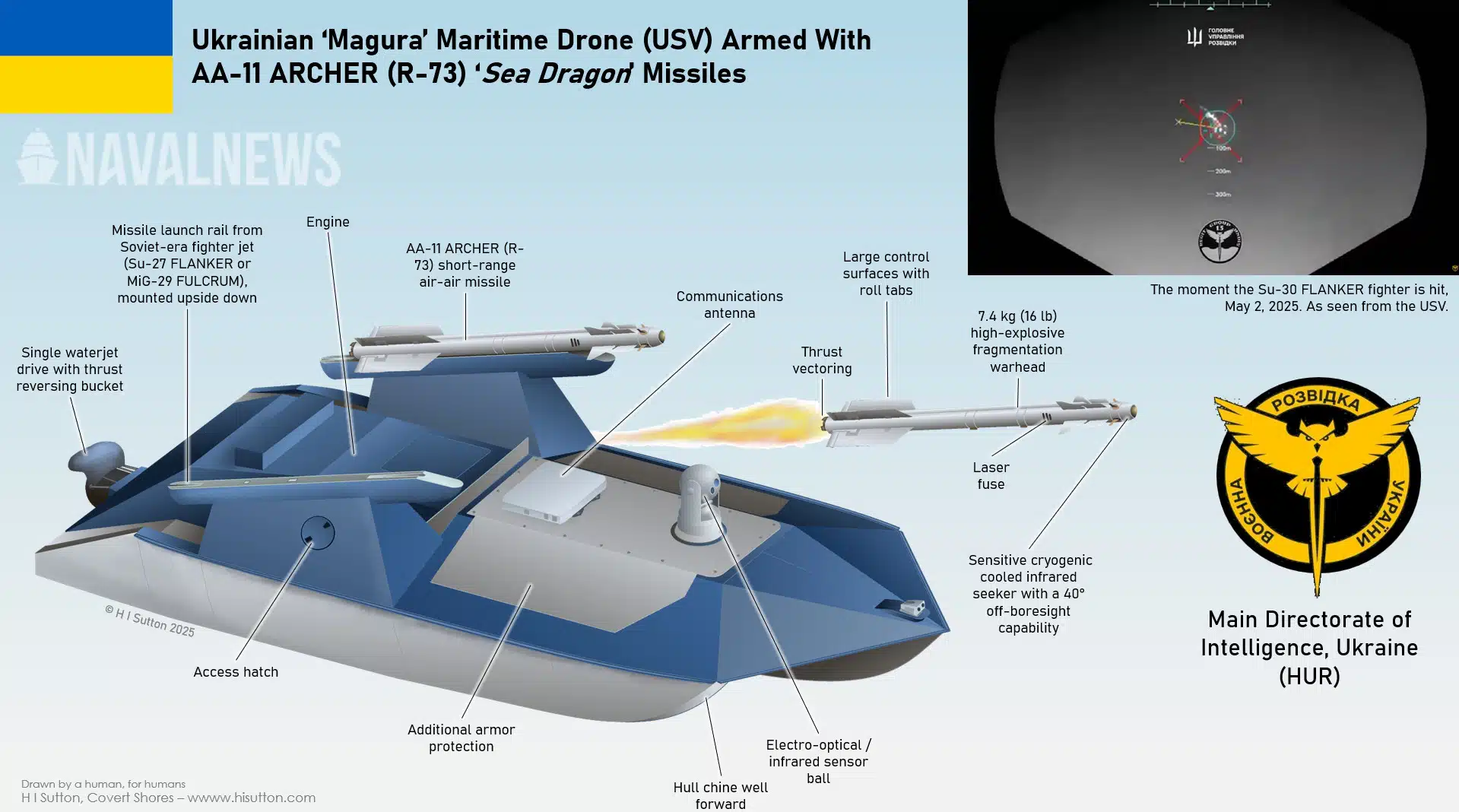
On a note from Defense Express, these technical details offer more than academic interest. They outline vectors for further improvement of Magura V7, presenting practical importance in the context of the russo-Ukrainian war.
For example, one way to solve the drawbacks of AIM-9's guidance is to find a more advanced missile, alter the launch platform, or strike a balance between maneuverability, low visibility, and the necessity to increase the drone's size in order to expand its functionality.
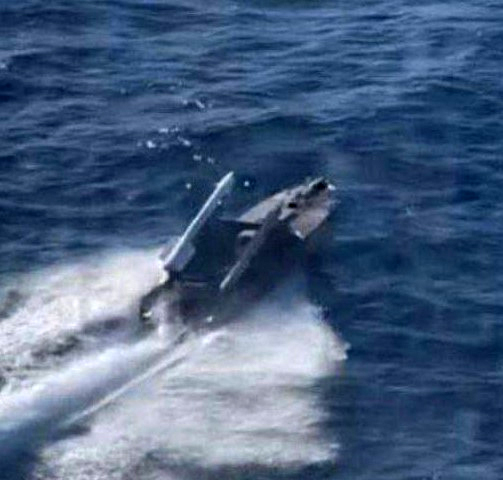
Read more: What the Magura V7 Drone’s Strike on a russian Su-30 Revealed: Ukraine’s Independent Integration of AIM-9 Missiles Into Air Defense and More





